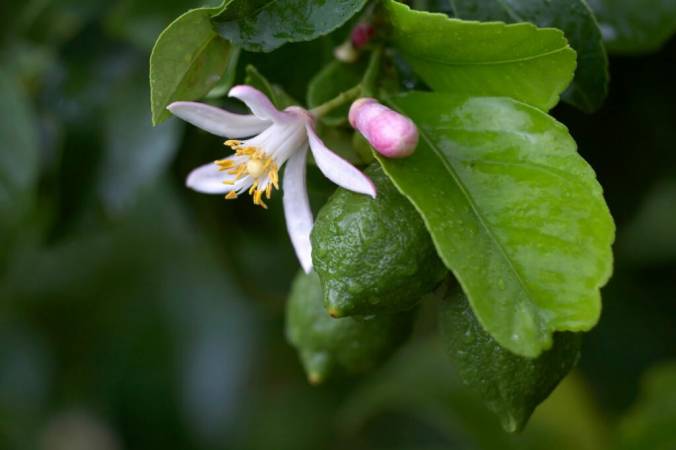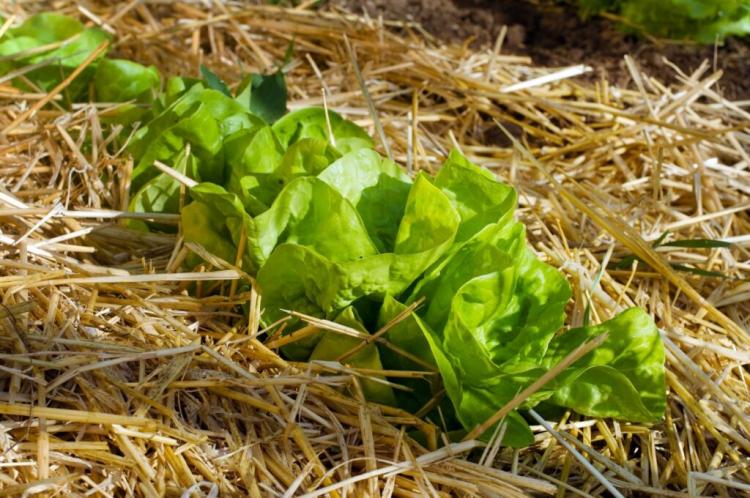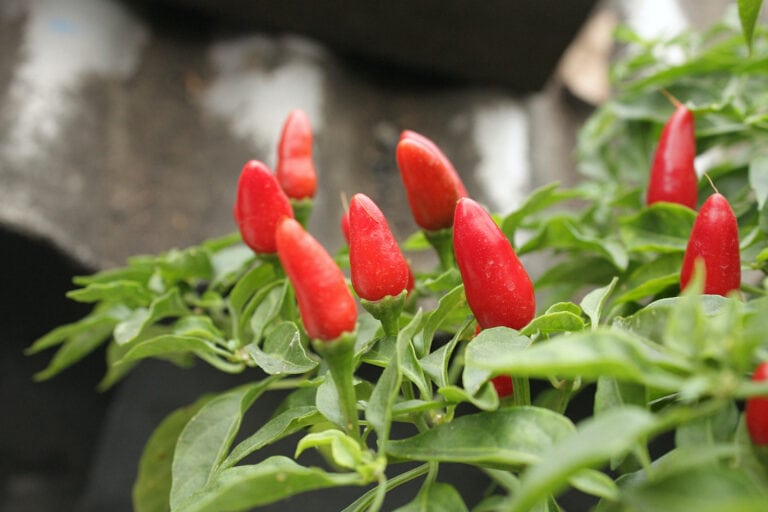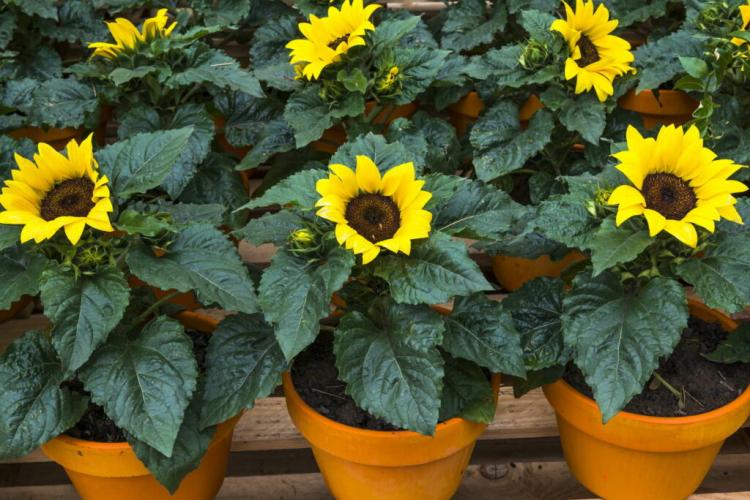Growing Horseradish: The Hot Root In Your Garden
Horseradish is sturdy and easy to grow in your own garden. Nevertheless, the hot root plant has some peculiarities in cultivation.
Horseradish ( Armoracia rusticana ) belongs to the cruciferous family ( Brassicaceae ). The thick taproot brings the characteristic sharpness into the kitchen. However, if the horseradish root is fried or boiled, it loses its taste and smell. The origin of the horseradish is likely to be in southern and eastern Europe. But even in this country, the sharp root has been specifically cultivated since the Middle Ages. Winter temperatures cannot harm the horseradish – the cruciferous plant can withstand temperatures down to -50 ° C. However, a bigger problem is the reproduction of horseradish because not many seeds are formed. We will show you how you can still grow the root plant successfully in your garden.
Growing horseradish – step by step
- Location: Where the horseradish is grown, it should be as light as possible. The cruciferous plant tolerates a sunny location without any problems. So that the taproot can develop optimally in both diameter and length, cultivation on loose, permeable soil is ideal. There are loamy sandy soils or loess soils. On the other hand, too salty soils are not suitable for growing horseradish, as it is very sensitive to high salt contents. Unfortunately, due to the size that the horseradish roots reach, the plant is not suitable for growing in pots.
- Propagation: Horseradish does not develop any or a few seeds. The sowing of the horseradish is therefore already ruled out. Alternatively, the sharp root is propagated via side roots, so-called fechser. The side shoots of the taproot are separated and stored in autumn. The Fechser can then be planted in the ground from the end of March. Alternatively, the root side shoots can also be driven in the warm to have a head start on growth. When planting out in the bed, make sure to place the roots in the soil at an angle and in the direction of growth. If the Fechser is too horizontal, no growth in thickness can be achieved, if they are too vertical in the ground, almost exclusive growth of the above-ground parts of the plant takes place. The top 3 cm of the fan is not to be covered with soil. Since horseradish can spread quickly and new plants can emerge from even the smallest parts of roots, you should think carefully about where the horseradish finds its place in the garden. If necessary, it can also be useful to specifically limit its growth with a rhizome barrier.
- Watering and fertilizing: Horseradish should be watered regularly, especially during the main growing season. Despite the cultivation in bed, it may then be necessary to water it several times per week. However, even and constant moisture is necessary for the formation and growth of the taproot. If some manure or compost is worked into the planting bed in autumn, this is enough for the horseradish to be supplied with sufficient nutrients. Alternatively, something primarily organic slow-release fertilizer can be added to the planting hole when planting.
- Care: The formation of the side roots cost the horseradish plant strength. To let all the energy flow into the growth of the thickened taproot, you can lift the plant a little with a digging fork in June and remove the unwanted side roots. However, this also creates possible entry points for undesirable diseases.
- Harvesting: In addition to the coveted taproot of horseradish, the young, fresh shoots can also be tasty. These are simply partially cut off in spring and are briefly seared as a small vegetable delicacy. The sharp roots are not harvested until autumn. As soon as the leaves begin to wither and dry up, the taproot has stopped growing and harvesting can begin. This is usually the case from the end of October. However, thanks to its pronounced winter hardiness, the horseradish can also be pulled out of the ground later in winter for freshly harvested use. If the size of the root is not right, you can leave the plant for a second year and only harvest it in the next autumn, but then with a larger taproot.
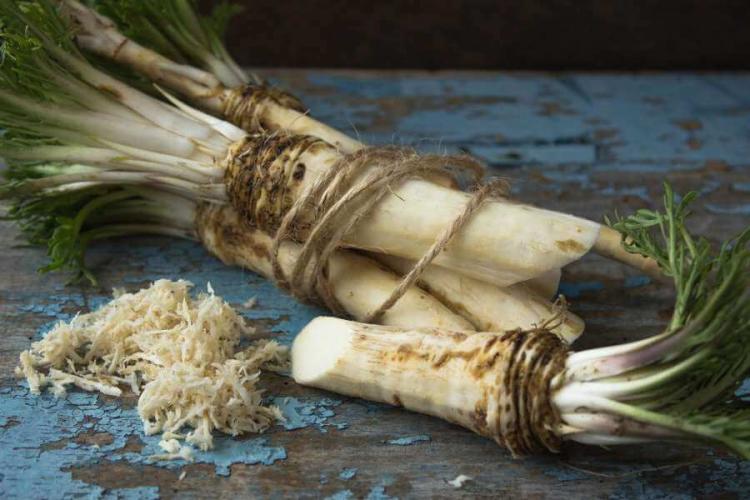
As soon as the leaves begin to wither in autumn, the harvest can begin
- Storage: A clear advantage of horseradish is, of course, that not everything has to be harvested at once. Again and again, freshly harvested horseradish can be brought into the kitchen until it sprouts next spring. Then you can extend the usability by storing it in a cool place. At optimal temperatures between -5 and -2 ° C, the taproot of the horseradish can be preserved for a few months. With increasing storage time, however, more and more of the characteristic sharpness is lost and the roots lose their firm consistency. Unfortunately, the horseradish root is not suitable for drying – afterward, the heat is almost completely lost.
You might so like:

